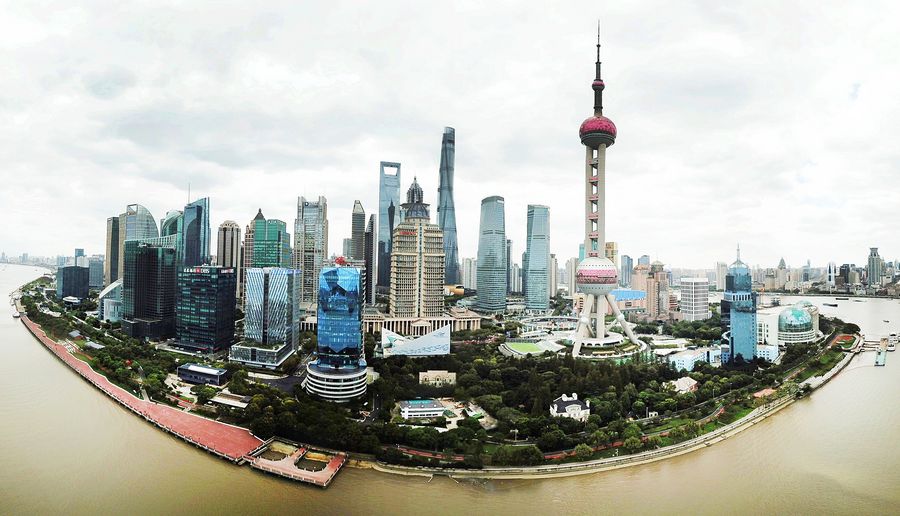Earlier this year, China’s State Council approved Shanghai, Beijing, Guangzhou, Tianjin, and
Chongqing to take the lead in developing international consumption center cities.
It was a move made according to the Outline of the 14th Five-Year Plan (2021-2025) and the
Long-Range Objectives Through the Year 2035, which plans to build international consumption
center cities and a batch of regional consumption hubs.
Modern international metropolises shall play as international consumption centers to significantly
facilitate and drive consumption.
Since China’s reform and opening-up, the country’s consumption market has embraced rapid
development, with its consumption structure on a constant upgrade. Some of the cities in the
country, with their massive scale, rapid development and strong potential in consumption, have
become much more international and been playing a stronger catalytic role. They have the
necessary prerequisites for building themselves into international consumption centers.
The five cities have a clear positioning for themselves in developing international consumption
center cities. They have also implemented forceful and distinctive measures in this regard with
their respective focuses.
Taking advantages in its huge market and circulation, Shanghai has developed a strong capability
in consumption supply. It is striving to build itself into a center of global launch events and an
international consumption destination.
Beijing is currently building a batch of consumption landmarks of international influence. The
capital has proposed ten action plans to drive consumption.
Guangzhou enjoys a big market and strong consumption power. Its manufacturing and service
sectors are also in a leading position in the country. At present, the southern city is building a
consumption city cluster of international influence in collaboration with Hong Kong and Macao.
As an important industrial and commercial center, as well as a transport hub in north China,
Tianjin has bolstered areas of weakness, consolidated its foundation and established new
platforms, so as to make its urban characteristics in rivers, sea, ports and exotic buildings even
more prominent.
Chongqing has proposed to build itself into a globally renowned city for its shopping atmosphere,
food, exhibitions, tourism and culture, as well as an international consumption center city with
local features that radiates the western region and is particularly open to Southeast Asia and South
Asia.
The measures taken by the five cities manifest their own local characteristics, and help them better
integrate into the national market, which is conducive to the consumption restructuring.
In the first three quarters of this year, final consumption contributed 64.8 percent to economic
growth, becoming the largest driver of China’s growth.
In a long-term perspective, the establishment of a “dual circulation” development pattern in which
domestic economic cycle plays a leading role while international economic cycle remains its
extension and supplement will offer more support for China’s economic development.
The building of international consumption center cities will encourage the national market to
release its consumption potentials and lay a solid foundation of domestic demand for building the
“dual circulation” development pattern. Meanwhile, the international consumption center cities are
also expected to enhance China’s position in the international consumption market, and lead the
upgrading of China’s supply side with high-quality consumption.
China has entered a new development stage, which has lifted its people’s living standard onto a
higher level and spurred a wave of consumption upgrade. The building of international
consumption center cities will further accelerate the upgrading of the consumption market,
improve cities’ consumption capability and internationalization, and contribute to China’s high-
quality development.



